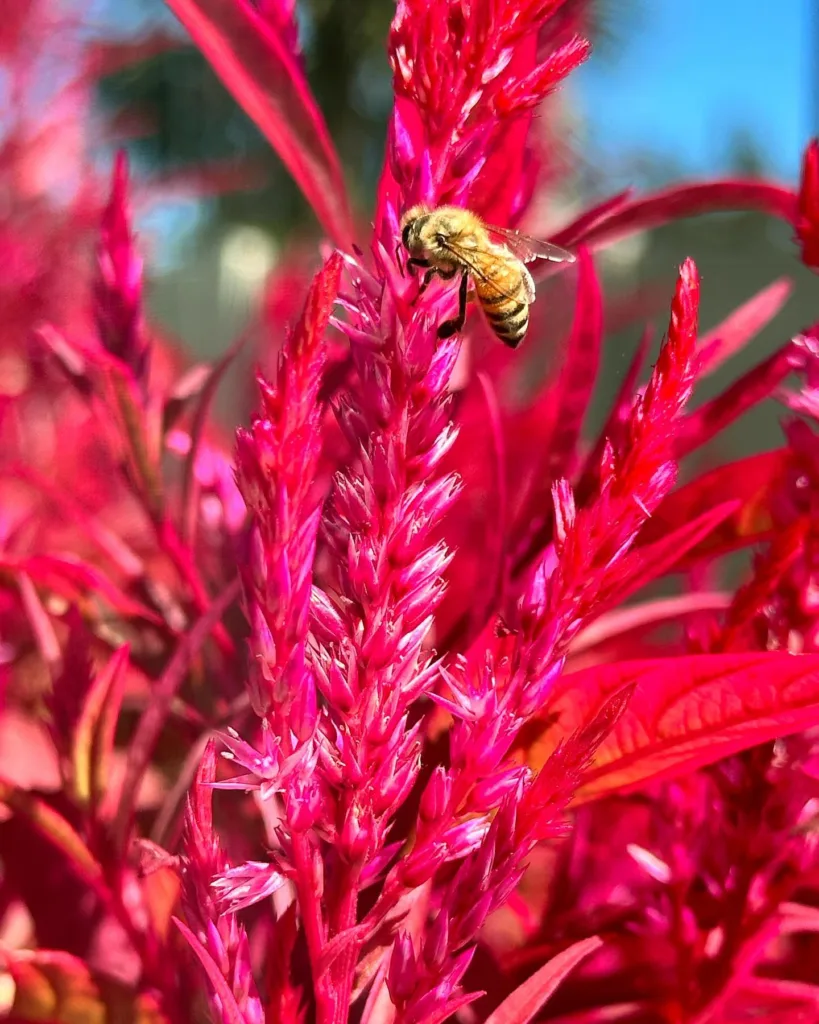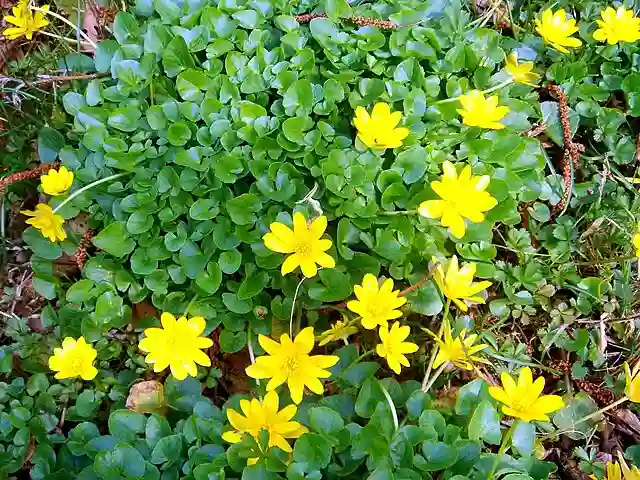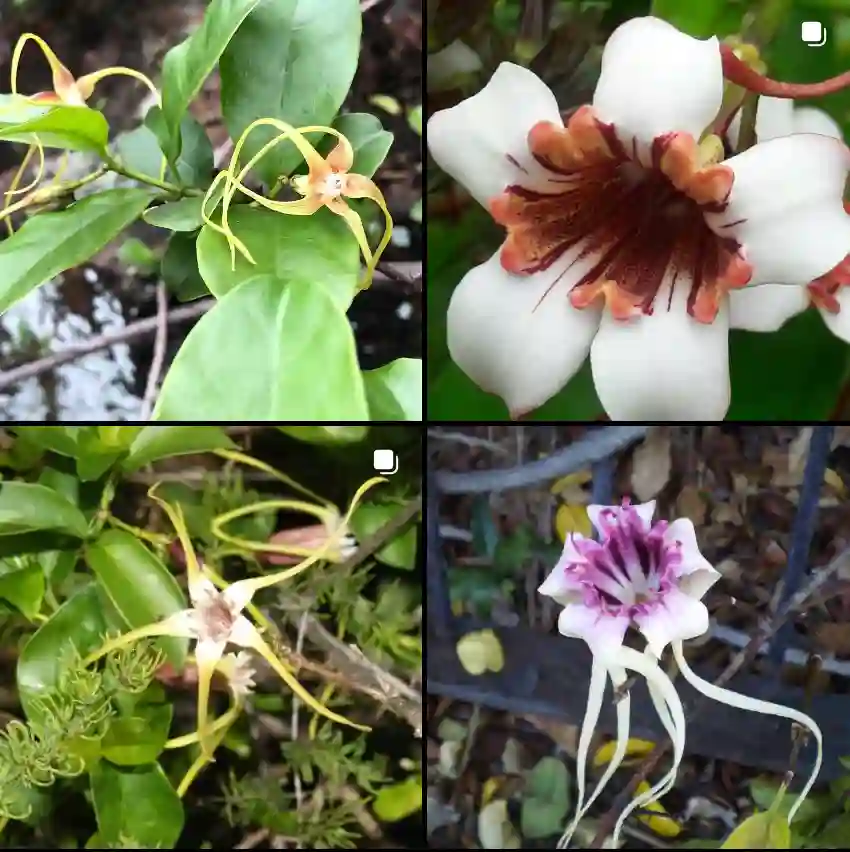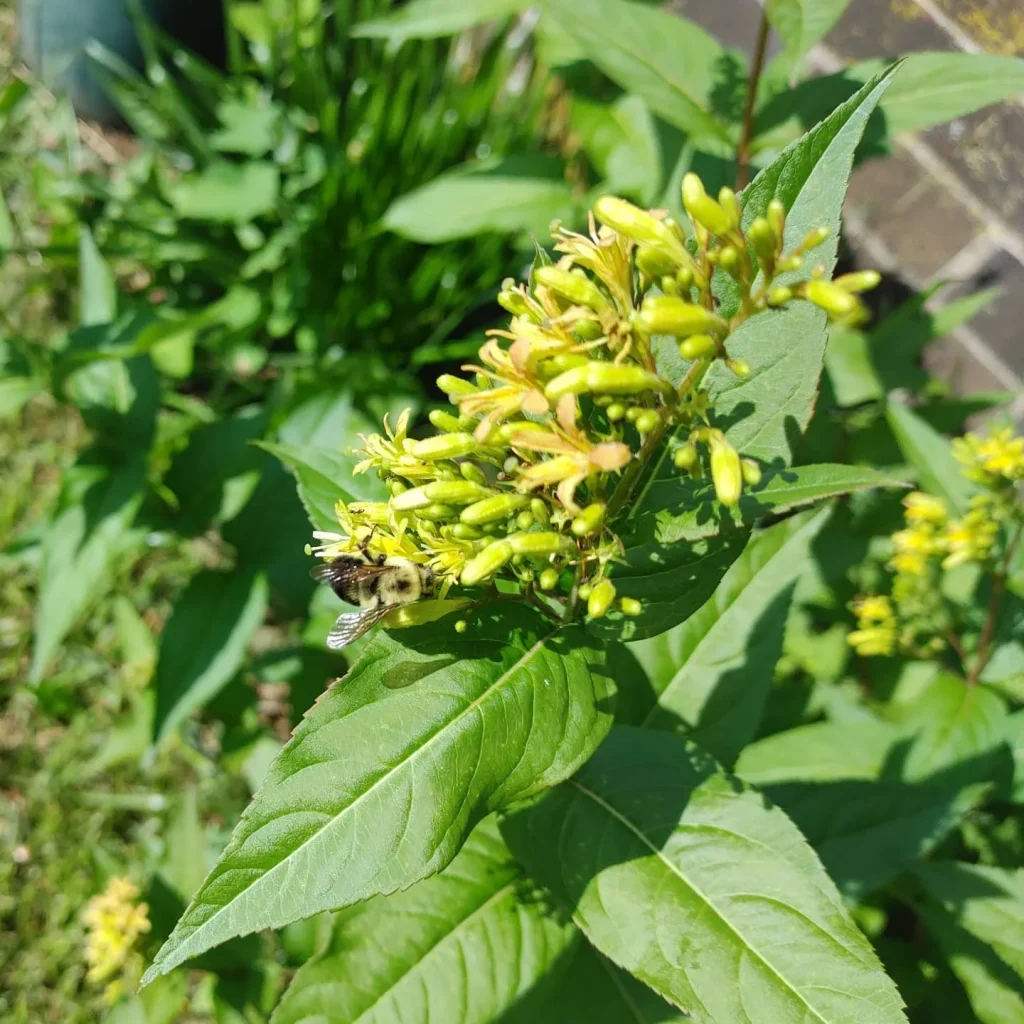FAQs About Pinus Strobus Stowe Pillar
I’ve been exploring various conifers for my garden, and one that I keep coming back to is the Pinus Strobus Stowe Pillar. This tree, known for its striking columnar form, has piqued my interest. Here’s what I’ve learned about it, including answers to some frequently asked questions.
139 Species in Genus Pinus
What Is Pinus Strobus Stowe Pillar?
Pinus Strobus Stowe Pillar is a cultivar of the Eastern White Pine (Pinus Strobus). Unlike the broader, spreading forms of its species, this cultivar has a narrow, upright growth habit that makes it a standout in garden design. It typically grows to about 10-15 feet tall with a width of just 3-5 feet. Its foliage consists of soft, long needles that give it a graceful appearance, adding vertical interest to landscapes.
How to Care for Pinus Strobus Stowe Pillar?
Caring for the Pinus Strobus Stowe Pillar involves understanding its specific needs. Here’s a simple guide to keeping it healthy:
- Sunlight: It thrives in full sun to partial shade. Ideally, it should receive at least 6 hours of direct sunlight per day to maintain its vibrant foliage.
- Soil: Well-drained, sandy, or loamy soil is best. It doesn’t like waterlogged conditions, so ensure good drainage. Adding some organic matter to the soil can help improve its texture and nutrient content.
- Watering: This tree is relatively drought-tolerant once established, but regular watering during dry periods is beneficial. Avoid overhead watering to prevent fungal diseases.
- Fertilizing: Feed it with a balanced, slow-release fertilizer in early spring. This will support its growth and ensure it remains lush and healthy.
- Pruning: Minimal pruning is needed. Remove any dead or damaged branches to maintain its neat appearance. Shape it only if necessary to enhance its natural form.
How to Propagate Pinus Strobus Stowe Pillar?
Propagating Pinus Strobus Stowe Pillar can be a bit challenging, but here’s a method that works well:
- Seed Propagation: Collect seeds from mature cones in late summer. Stratify them by placing them in a refrigerator for 30 days to mimic winter conditions. Plant them in a seed-starting mix, keeping them moist until they germinate. Transplant seedlings when they are large enough to handle.
- Cuttings: Take semi-hardwood cuttings in late summer. Dip the cut ends in rooting hormone and plant them in a pot with a well-draining mix. Keep the cuttings in a humid environment until roots develop.
What to Plant With Pinus Strobus Stowe Pillar?
Pairing the Pinus Strobus Stowe Pillar with other plants can enhance its aesthetic appeal. Here are some suggestions:
- Evergreens: Combine it with other conifers like Juniper or Colorado Blue Spruce for a varied texture.
- Perennials: Consider planting it alongside hardy perennials such as Hostas or Astilbes for a contrast in form and color.
- Ground Covers: Low-growing ground covers like Creeping Juniper or Wintergreen can complement its upright form and add visual interest to the base.
Benefits of Pinus Strobus Stowe Pillar
The Pinus Strobus Stowe Pillar offers several benefits:
- Space-Saving: Its narrow, columnar shape makes it ideal for smaller gardens or as a vertical accent in larger landscapes.
- Low Maintenance: Once established, it requires minimal care compared to some other conifers.
- Year-Round Interest: Its evergreen needles provide year-round greenery, adding texture and color even in winter.
Toxicity
Good news: Pinus Strobus Stowe Pillar is non-toxic to humans and pets. It poses no risk if ingested, making it a safe choice for family gardens.
Common Problems
While the Pinus Strobus Stowe Pillar is generally hardy, there are a few issues to watch out for:
- Pine Needle Cast: This fungal disease can cause needles to drop prematurely. To manage it, ensure proper spacing for good air circulation and apply a fungicide if needed.
- Pine Wilt: This is a more serious issue caused by a nematode. Keep an eye out for yellowing needles and consult a specialist if you suspect this problem.
Comparing Pinus Strobus Stowe Pillar to Similar Varieties
If you’re considering alternatives, here are a few comparisons:
- Pinus Strobus ‘Fastigiata’: Similar in form but often grows taller and wider. The Stowe Pillar has a more pronounced narrow shape compared to the Fastigiata’s more traditional columnar form.
- Pinus Sylvestris ‘Fastigiata’: Another columnar pine, but with a more orange-brown bark and slightly different needle texture compared to the Stowe Pillar’s softer, greener needles.
In conclusion, the Pinus Strobus Stowe Pillar is a versatile and elegant choice for adding vertical interest to any landscape. Its care requirements are manageable, and its benefits make it a standout feature in garden design. Whether you’re a seasoned gardener or a newcomer, this tree could be a perfect addition to your green space.
If i die, water my plants!



